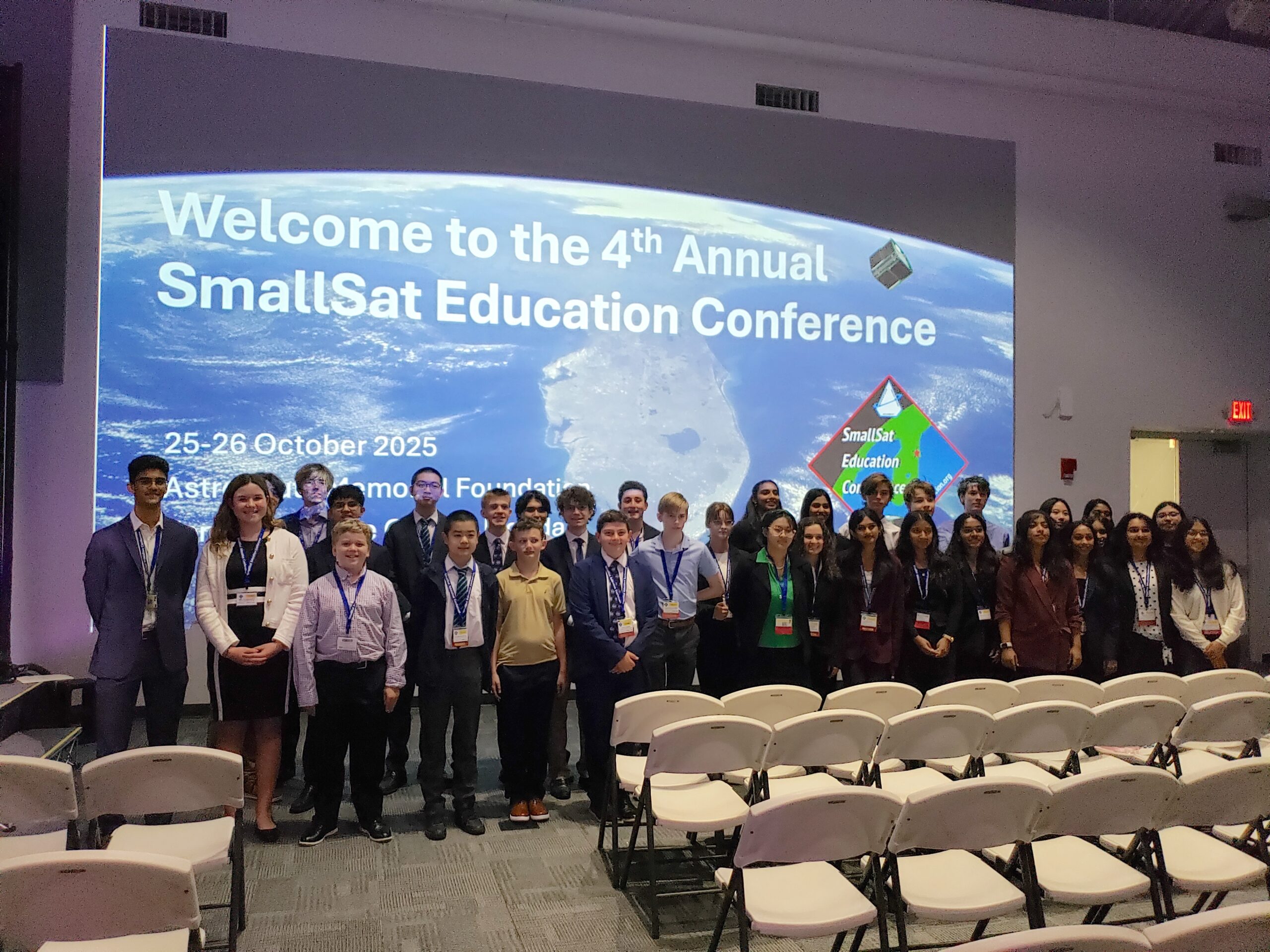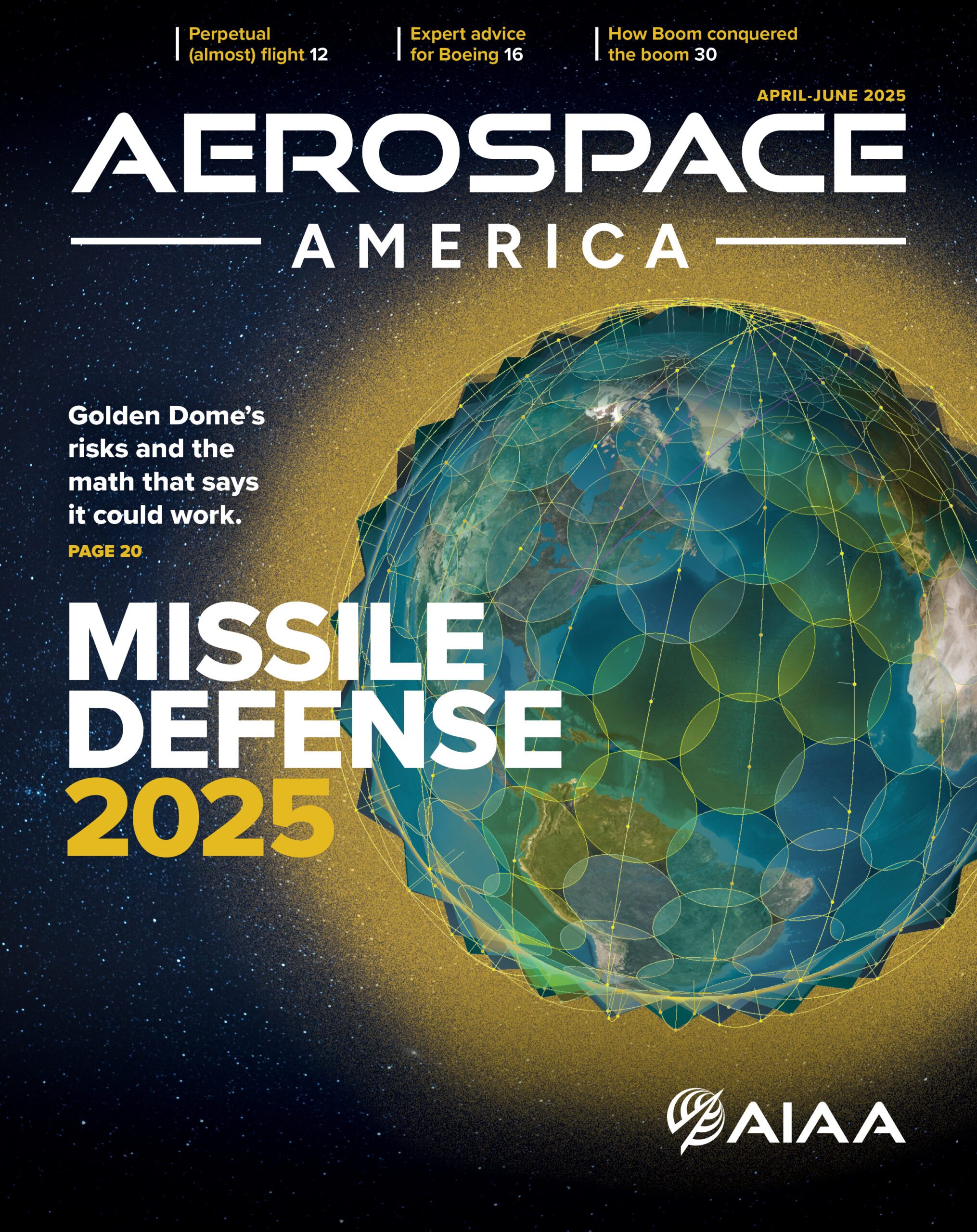As commercial spaceflight expands and small satellites reshape the space economy, one reality remains unchanged: policy discussed in Washington, DC, matters.
That was my core message recently at the SmallSat Education Conference at NASA Kennedy Space Center, where I joined over 700 students and educators passionate about space. I offered a crash course on the U.S. legislative process in which I discussed how policy is made, who shapes it, and why it matters to the future of aerospace.
Congress Sets the Rules and the Budget
Every rocket launch, satellite frequency, and space science grant traces back to a congressional decision. Whether through NASA appropriations, FAA launch regulations, or export controls under ITAR, Congress plays a central role in enabling (or constraining) innovation. Understanding that process such as how a bill becomes a law, how federal funding flows, and how stakeholders can shape outcomes are essential for the next generation of space professionals.
SmallSats, Big Impact
Small satellites are democratizing access to space. Yet even as CubeSats and student missions proliferate, they still face real-world policy barriers. Spectrum licensing, launch approvals, and orbital debris rules are just a few of the issues debated on Capitol Hill and in federal agencies. That’s why students and early-career engineers need to understand not just the science but also the system.
Building Policy Fluency Early
Programs like the NASA Space Grant Consortium, the Space Exploration Alliance’s Student Fly-In, and the AIAA Aerospace Policy Connection campaign offer pathways for young people to engage. Policy fluency shouldn’t be an afterthought in STEM education. It’s a multiplier where we should ensure technically talented individuals can also advocate, inform, and lead.
The Call to Engage
My message to students was simple: Don’t wait. Learn how your government works. Ask questions. Attend hearings. Join organizations like AIAA or student-led STEM groups. Speak up for the missions and technologies you care about.
If the United States is to maintain its leadership in space, we must equip our future engineers and scientists not only with the skills to innovate but with the tools to navigate Washington, DC. As the legislative landscape grows more complex, the next generation of aerospace leaders must be as comfortable in the halls of Congress as they are in the lab.




